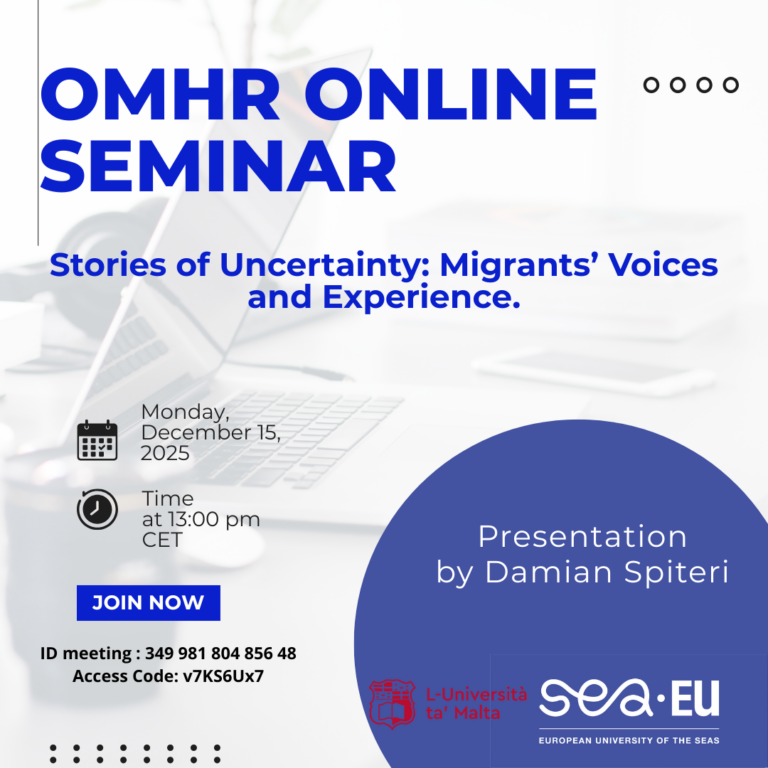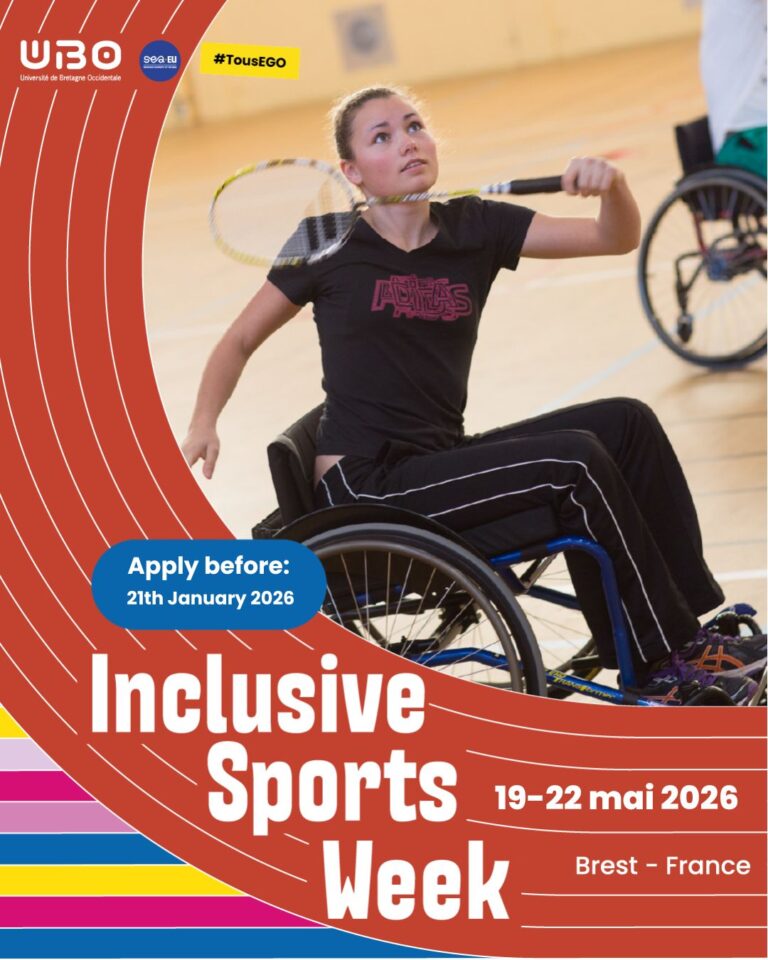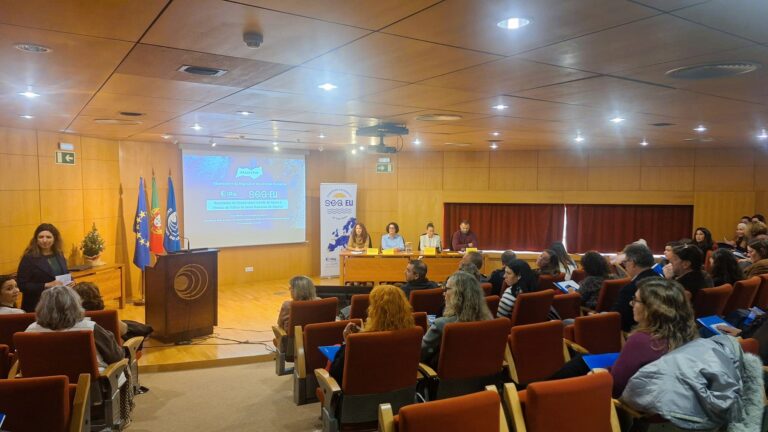In 33 days, the r/v Oceanograf called at five ports and 16 research stations, and was visited by more than half a thousand people! Watch the story of the 2,900-mile cruise beyond the northern Arctic Circle.
On June 3, 2024, the University of Gdańsk ship r/v Oceanograf set off on an incredible expedition towards the Arctic. We present recordings of this journey’s most important and exciting moments, the fight against adversity and nature, encounters with amazing creatures, and international friendship. The expedition shows the strength of European cooperation, the Polish potential for polar research and a unique team made up of scientists from SEA-EU alliance universities, researchers on the PAS Institute of Oceanology’s ship r/v Oceania, and writer Zygmunt Miłoszewski, who kept a logbook of the voyage.
BaltArctic cruise from the air!
Watch the phenomenal drone footage of the University of Gdańsk research vessel Oceanograf sailing through Norwegian waters.
The footage will take you on an aerial journey showing the r/v Oceanograf from different perspectives on the open sea. It is a unique look at scientific research in a picturesque setting of fjords, wild coastlines, and pristine landscapes.
BaltArctic in numbers
See what our expedition looks like in numbers! You will not only learn about the distance covered or the number of days spent at sea and research stations carried out, but also the ports visited – and many more interesting details of this unique journey.
The dynamic everyday life of the cruise
What does a day on a research vessel look like? First of all, it is intensive work: sampling the water, jellyfish, the surface microlayer, zooplankton, microplastics… and on the way to the next station, what was equally varied: reading books, playing the guitar, enjoying the views. In this video, you can see what life was like for the scientists onboard the r/v Oceanograf!
To the rescue of the drifter!
Drifters are research devices that transmit their position via satellite. They float like buoys and are carried by sea currents. With regular information about their position, scientists can study the track and speed of the current flowing out of the Baltic Sea towards the North. Sounds great in theory, but what do you do when you have thrown one of these into the water and it wouldn’t open? See how our scientists dealt with this problem!
Kiel – cooperation with the city, port, and university
This is the second time that the r/v Oceanograf has visited Kiel as part of an international research cruise, but this time it is welcomed not only by representatives of the SEA-EU alliance but also by the authorities, port representatives, and the citizens of the city of Kiel.
‘What role the SEA-EU plays today in the development of cities and ports is very much in evidence here in Kiel. This is the first time we have seen so much interest from the city and port authorities,’ saysVice-Rector for International Cooperation UG dr. hab. Anna Jurkowska-Zeidler, prof. UG ‘SEA-EU is developing in this direction and I am absolutely sure that we will be a stable and strong answer to the developmental needs of today’s cities and ports.’
As part of the first stop of the BaltArctic Research Cruise, scientists invited visitors onboard the r/v Oceanograf, a novelist led a creative writing workshop, and representatives from SEA-EU and the city and port authorities of Kiel discussed further plans for cooperation.
Bodø – r/v Oceanograf and r/v Oceania become part of the European Capital of Culture 2024 events
We are where the sun never sets! After 17 days at sea, the r/v Oceanograf and r/v Oceania arrive in Bodø, Norway. In the city beyond the northern Arctic Circle, events for the European Capital of Culture 2024 are underway, with both ships and the BaltArctic Research Cruise team joining in. Tours of both ships also involve guided tours of the ‘Women’s View of the Sea’ exhibition, an initiative of IO PAS.
‘Female scientists from Poland present their niche subjects and female artists reflect them in a way more accessible to the public. That means two works are created: a scientific theme on the one hand and its artistic reflection on the other, ’ says exhibition curator dr Paulina Pakszys.
‘Inside our ships, along the corridors, in the laboratories and the mess hall, we tell the story of women of science and art, ’ says Vice-Rector for International Cooperation UG dr. Anna Jurkowska Zeidler, prof. UG.
Also speaking about the marriage of art and science was the voyage chronicler Zygmunt Miłoszewski, who conducted a storytelling workshop for Norwegian researchers.
Sopot – a great return
‘There is no better ambassador of Polish science than the r/v Oceanograf ,’ welcomed the ship UG Rector prof. dr hab. Piotr Stepnowski. After a 33-day cruise, sailing 2 900 nautical miles, visiting 16 research stations and calling at five ports, r/v Oceanograf is returning home.
Waiting for him at the pier in Sopot were not only representatives of the University of Gdańsk but also the citizens of the Tricity, the Sopot authorities, and a delegation from the University of Cádiz – leader of the SEA-EU alliance: Rector prof. Casimiro Mantell Serrano, General Coordinator of SEA-EU prof. Fidel Echevarría and Vice-Rector for International Affairs prof. Marcela Iglesias.
‘I am glad that you have returned safely to us. Welcome to Sopot!,’said the Vice-President of the City of Sopot, Magdalena Cieślik, to the research team .
‘The ocean has no boundaries. This ship will continue its course, responding to new challenges, with new people on board, with new hopes: just as our SEA-EU alliance, I am convinced, will achieve the goals we set for ourselves on the very first day,’ concluded prof. Fidel Echevarría.
See the highlights of the ceremony from the touching arrival of the vessel at the quay to the triumphant siren of the ship that officially ended the research voyage.
R/v Oceanograf. Diary of the Life on Board – six perspectives, one goal
Scientists, sailors, students and a writer – all on the same ship; although they have different responsibilities, together they are working for the success of the BaltArctic research cruise. What is the mosaic of personalities and roles on board? Who sets the research agenda? Who makes sure the ship arrives safely at the right place? Who takes the samples and who writes about it?
As you watch the documentary below, you will learn about the personal stories of the crew members and the research team, their experiences, their relationship with the sea, the challenges they face on a daily basis, and the events that brought them aboard the r/v Oceanograf.
Alliance at sea
Collaboration? Partnership? Or maybe jellyfish? Find out what the members of the international BaltArctic Research Cruise team consider to be the most important part of the expedition.



